This is a sponsored post for HomeAdvisor written by myself. All thoughts and opinions are 100% my own.
Being a homeowner has its rewards but its also not for the faint of heart. You never know when your water heater is going to go out or your furnace will need a tune-up. You have to be ready for this little catastrophe’s mentally and financially.
This is one of those stories where I thought I had the end-all, fix-all solution to a home improvement problem and blogged about it. Turns out, I didn’t.
#fail
In my own defense, turns out there may not be an end-all, fix-all solution to this problem after having consulted with a few professionals. The past few months I’ve been noticing the silicone caulk around our main bathroom tub and and kitchen counter crack. 2 1/2 years ago I wrote this post about choosing the right grout. Fast forward to 2015 and it has cracked again.
Several professional tile people had told us that where ever tile butted up to an angle such as tile to tub, tile to window…then you’re supposed to use a silicone grout in a tube. In this day and age tubs are commonly manufactured out of materials that aren’t as durable as their old cast-iron counterparts. This tub is made of fiberglass and has just a little bit of give to it…especially when three boys are beating the heck out it. The theory behind using silicone grout is that it is supposed to have some give and flex when the tub moves.
Having lived with silicone grout seams I can tell you it’s not all it claims to be. Over time, silicone gets old and looses it’s elasticity. You can see I could stick my fingernail between the tub and the tile where the grout had separated. In similar fashion the grout was also cracking where the tile meets the window. It’s so important to repair your grout at first sign of break down because water can get through the cracks and be a potential mold and/or water damage issue down the road.
Instead of DIY’ing it myself this time I decided to call a professional.
Who did I call? (Ghostbusters).
I turned to my trusty HomeAdvisor.com site…
my favorite free online source to finding trusted home professionals. I called four people and settled on the Grout Doctor.
He had some good reviews on HomeAdvisor’s site plus gave me quite an education about grout when he made his first visit to inspect.
In a nutshell, he told me neither sanded/un-sanded grout or silicone were wrong answers. Fiberglass tubs just have a lot of give to them and grout separation is nearly impossible to avoid. He told me he has used both and neither have a 100% guarantee however he prefers sanded/un-sanded because it lasts longer and holds up better to silicone. Unfortunately it may be an on-going issue that we need to plan in to our home maintenance routine every so many years.
This is totally a doable DIY project. However, if you’d rather have a professional tackle it then I would recommend finding a good source on HomeAdvisor.
The first thing the Grout Doctor did was score and cut out all the cracked grout.
After all the old grout was removed not only did he clean up the mess but he deep cleaned all the tile and grout in the shower surround and backsplash. All the soap scum clad tiles…clean!
Next, he re-grouted all the places where he cut the old grout out. The couple hundred dollars I paid was WELL worth it after seeing all the quality work and time he spent on the areas.
Addition: Our grout started to get minor cracks again a couple months later. Nothing I fault with the install…it’s just going to happen over time. I let the grout dry then bought some silicone clear caulk and went over all the grout that meets a 90 degree angle. The Grout Doctor is not a fan of this because mold tend to grow over time (even with the stuff that says “mold resistant”) but I would rather deal with a little mold cleaning then having to replace the grout every 2 months.
Read my other reviews with HomeAdvisor:
-Installing a pendant light fixture with HomeAdvisor.
-Installing a wood plank wall with HomeAdvisor. (Part 1, Part 2).
–Corner floating shelves with the help of HomeAdvisor.
You also may remember I had the opportunity to fly out to Denver to help HomeAdvisor shoot 20 short DIY videos.
This one will teach you a quick and easy way to clean grout:
- How to Paint Around Trim
- 4 Painting Home Hacks
- How to Clean Grout https://youtu.be/5RJ4mm_WvsA
- Difference Between Caulking and Weather Stripping
- 3 Natural Pesticides
- How to Remove a Scratch from Wood Floors
- How to Remove Stains from Carpet https://youtu.be/BByX7hfmUYI
- 3 Carpet Cleaning Tips
- Easy Way to Hang a Picture
- How to Hang a Gallery Wall
- How to Spackle a Wall
- 5 Projects that Cost Less Than a TV
- How to Paint Chevron Stripes
- 7 Ways to Use WD-40 https://youtu.be/g1aYNTTriXM
- 3 Ways to Cut Energy Costs https://youtu.be/JRST6OtbQcw
- How to Hang a Wreath Without a Nail
- 5 Uses for Baking Soda
- How to Refinish Cabinets
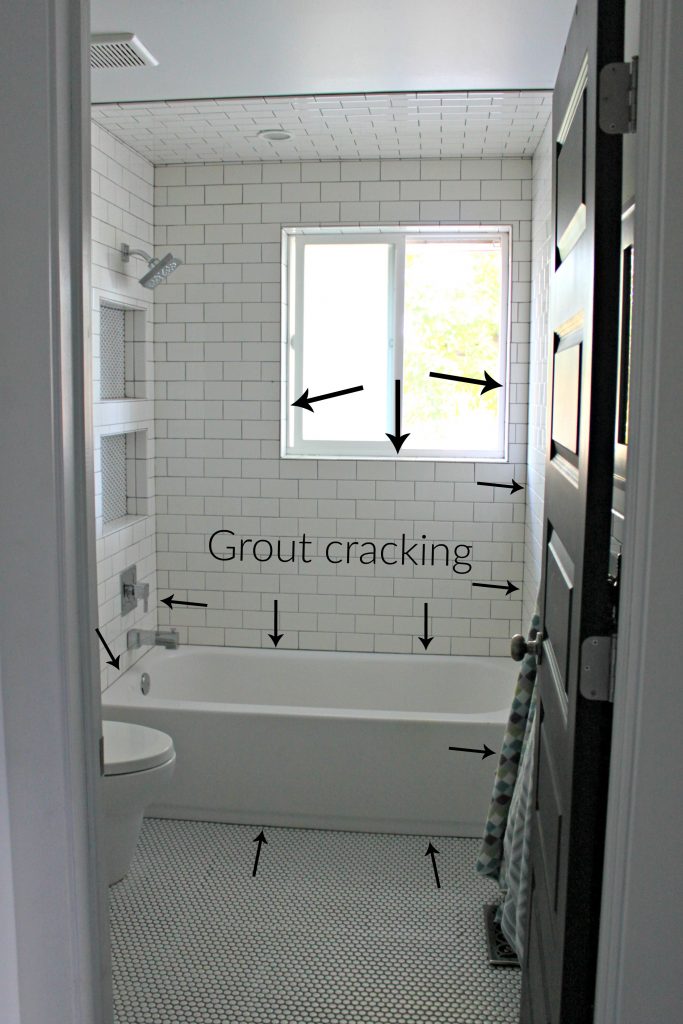
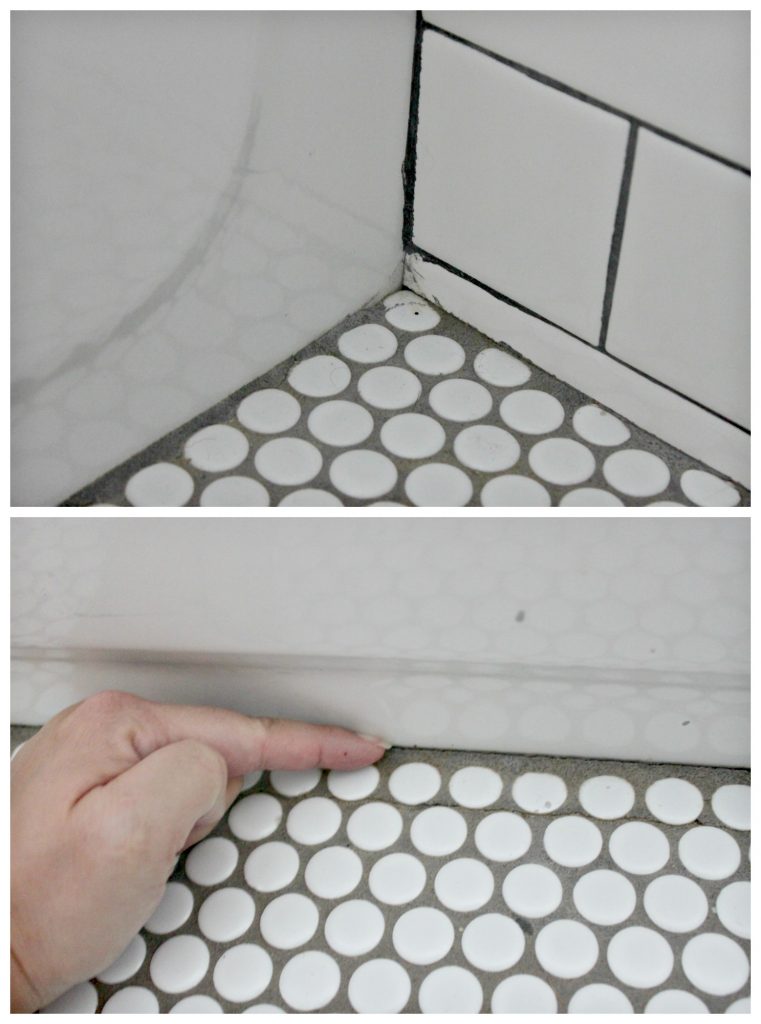
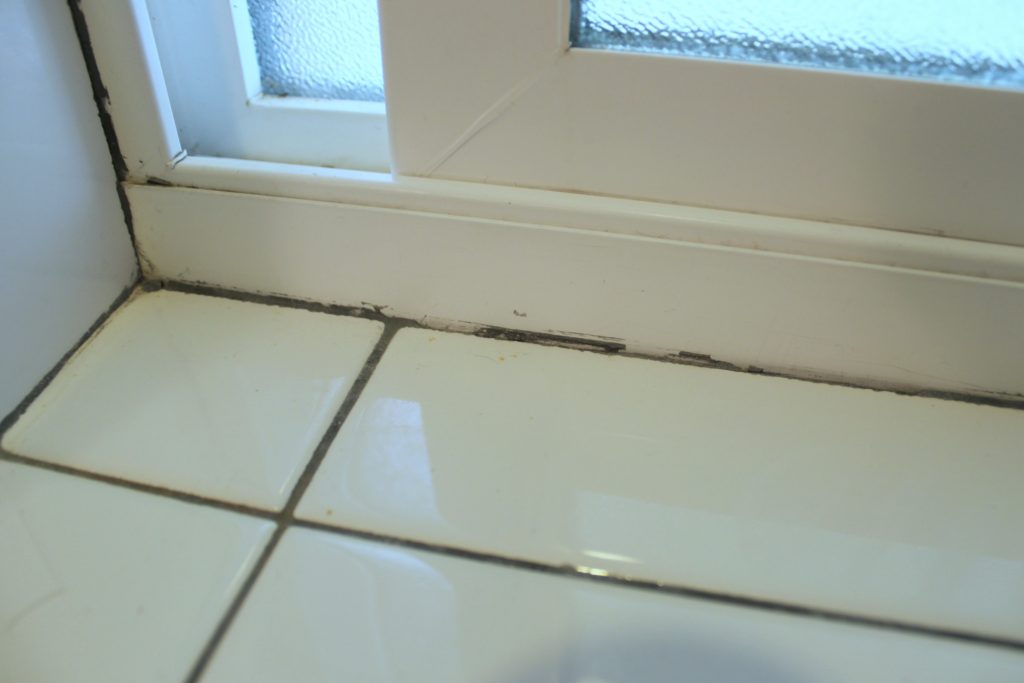


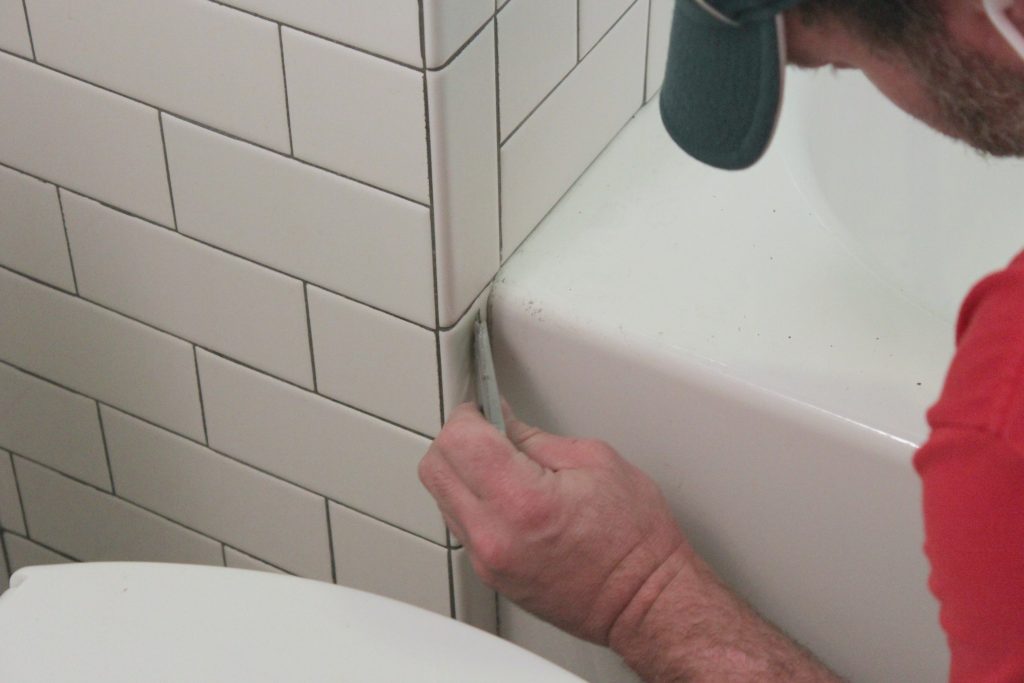
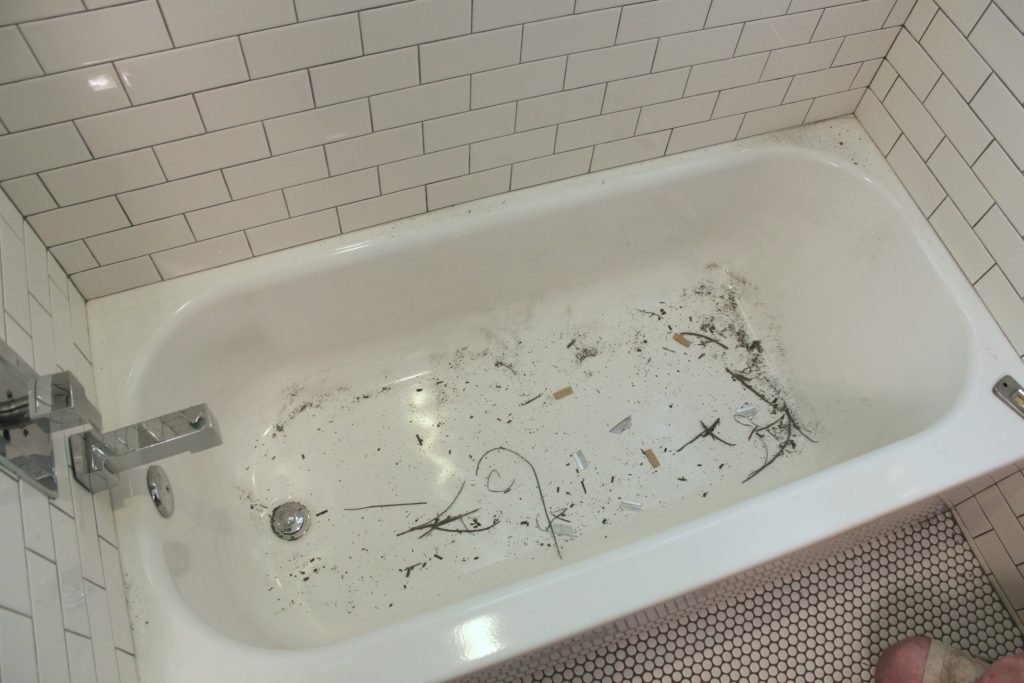
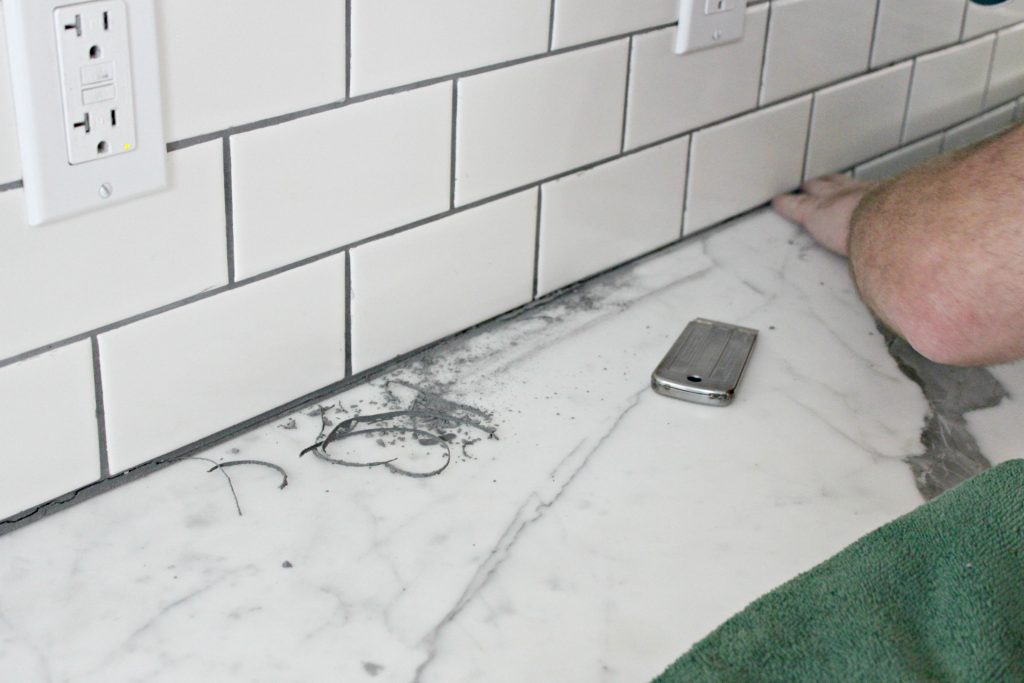
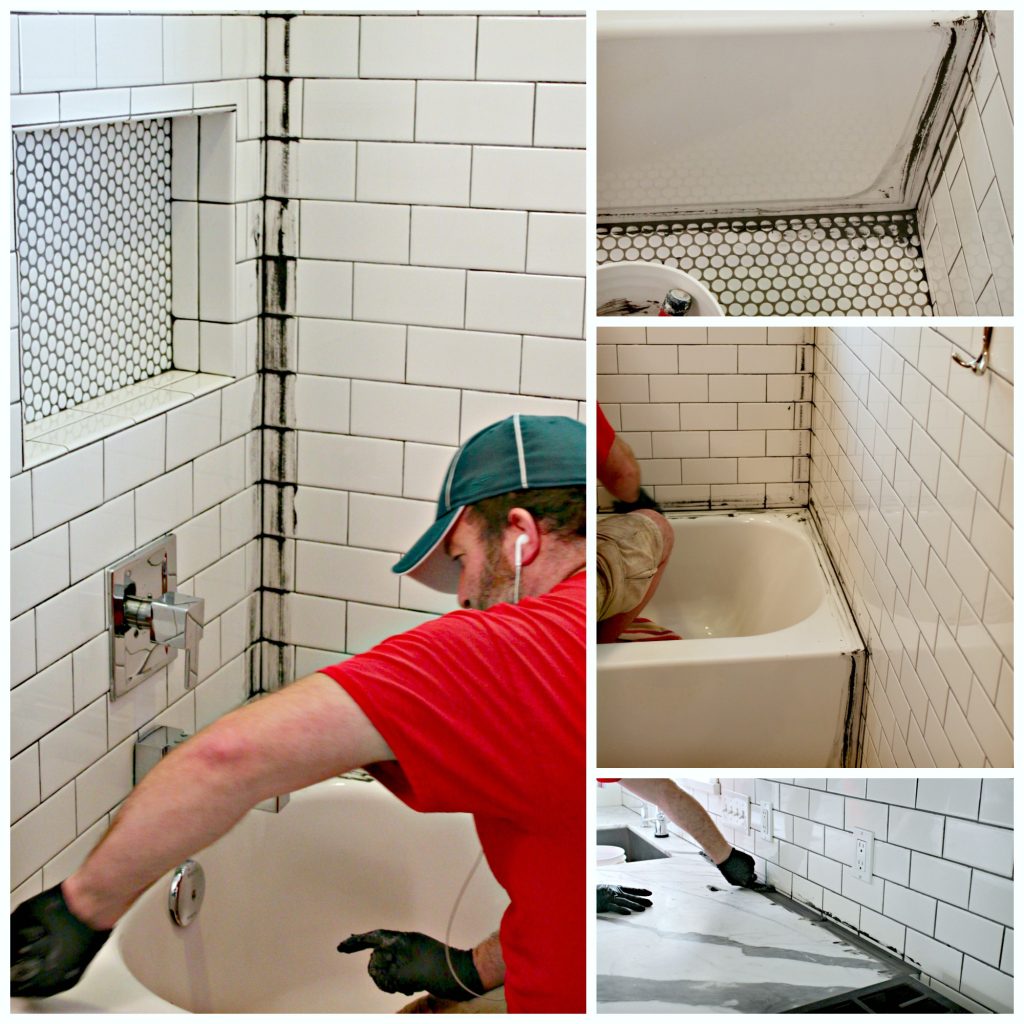
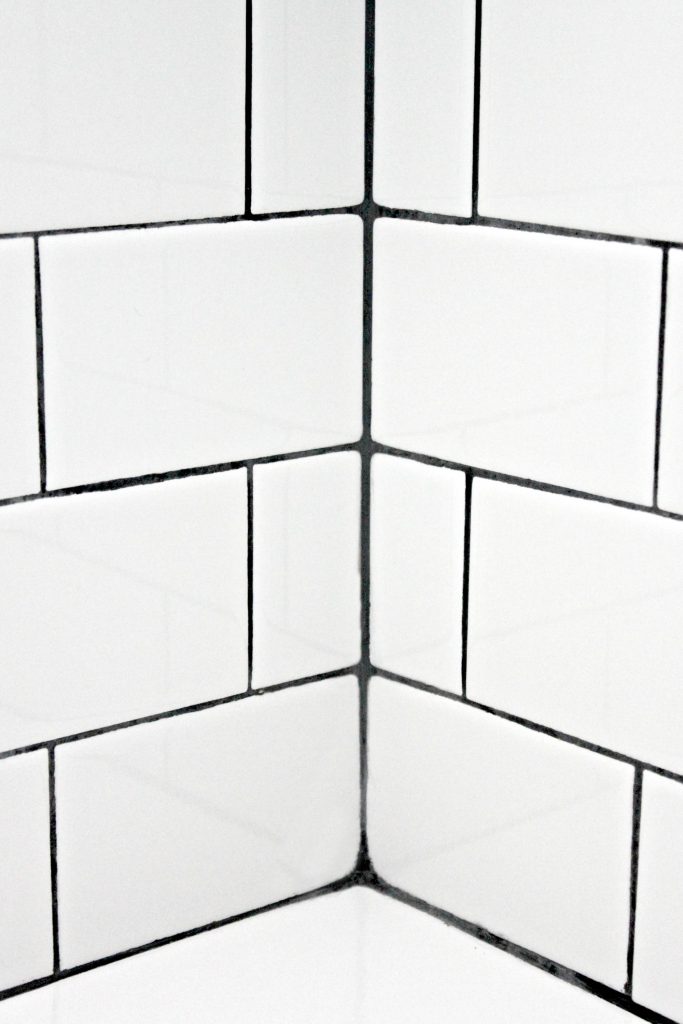
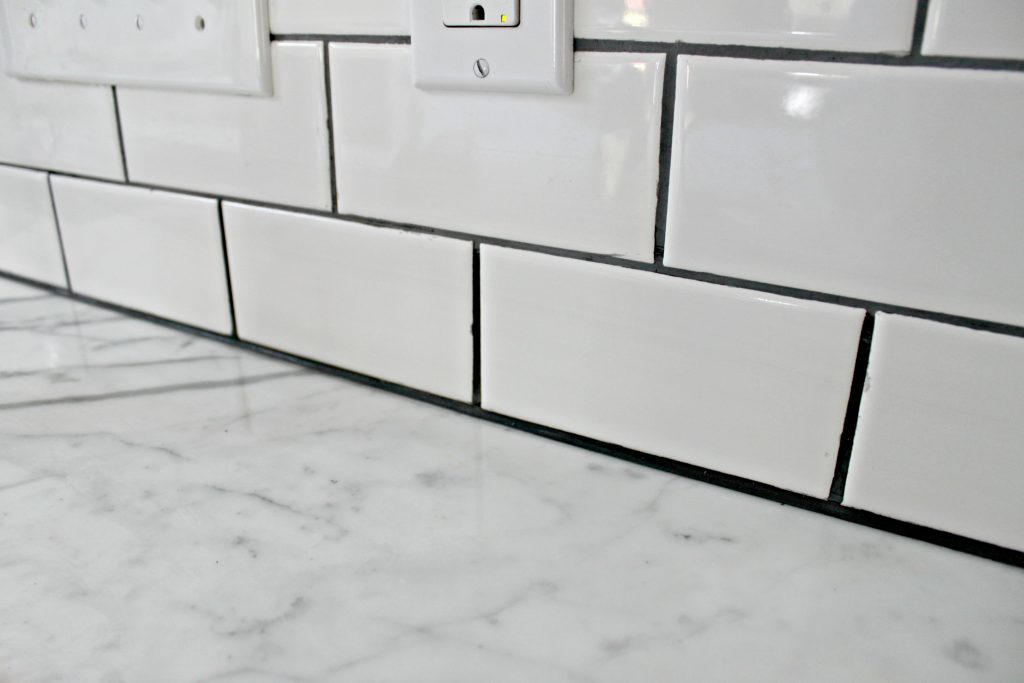




 Hey there! I’m Michelle; I’m an Passionate DIY’er and in constant pursuit of how to bring beauty to my house full of men (3 boys + 1 hubby). Stick around and see what I’ve got up my hard-working sleaves!
Hey there! I’m Michelle; I’m an Passionate DIY’er and in constant pursuit of how to bring beauty to my house full of men (3 boys + 1 hubby). Stick around and see what I’ve got up my hard-working sleaves!
I’d love to paint one of my side tables. Its something I’ve meant to paint for 3 years now. It’d be a good excuse to get on it!
I totally agree with your post. As a tile contractor in California, I specialize in grout repairs, mostly bathrooms including tub showers where the tile meets the tub and tile shower floors where the pan meets the walls. Using silicone or caulk is generally short lived and I have quit using those materials for my jobs. Grout has it’s weaknesses too because it is not flexible so any movement whether it’s expansion/contraction from movement, temperature changes via indoor-outdoor (example: bathroom located where one wall, generally the back wall is also the exterior wall subject to outside temps much different than inside temps causing expansion/contraction resulting in crack cracking at areas such as where the tub meets the tile, windows where the tile meets the window frame, and vertical wall corners). I have been using Epoxy Bond for over 5 years with great success! Such an incredibly strong grout that doesn’t crack and is waterproof. Life is good 🙂
I’m glad you commented! I’m really crossing my fingers that this time we don’t have any more grout problems. In case we do (knock on wood) I will for sure look in to this product you’re recommending. Does it have any down falls like it’s grout and silicone counterparts?